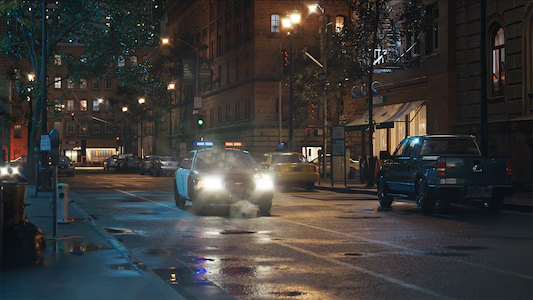Twinmotion

Real-Time 3D Visualization made easy
The creative process is hard enough without interruptions.
Stay friction-free with Twinmotion.


Twinmotion allows architectural, construction, urban planning, and landscaping companies to produce high-quality images, panoramas, and standard or 360° VR videos in seconds.

TwinMotion 2024.1.1

Key features from this release
Animation sequencing tools
Create intricate videos that synchronize with animated files using the new Sequence media type and Action Cam camera. You can precisely add camera position keyframes over time; pause, speed up, or slow down movements; and more. You can also view the path of the animated camera in the Media Preview Window.
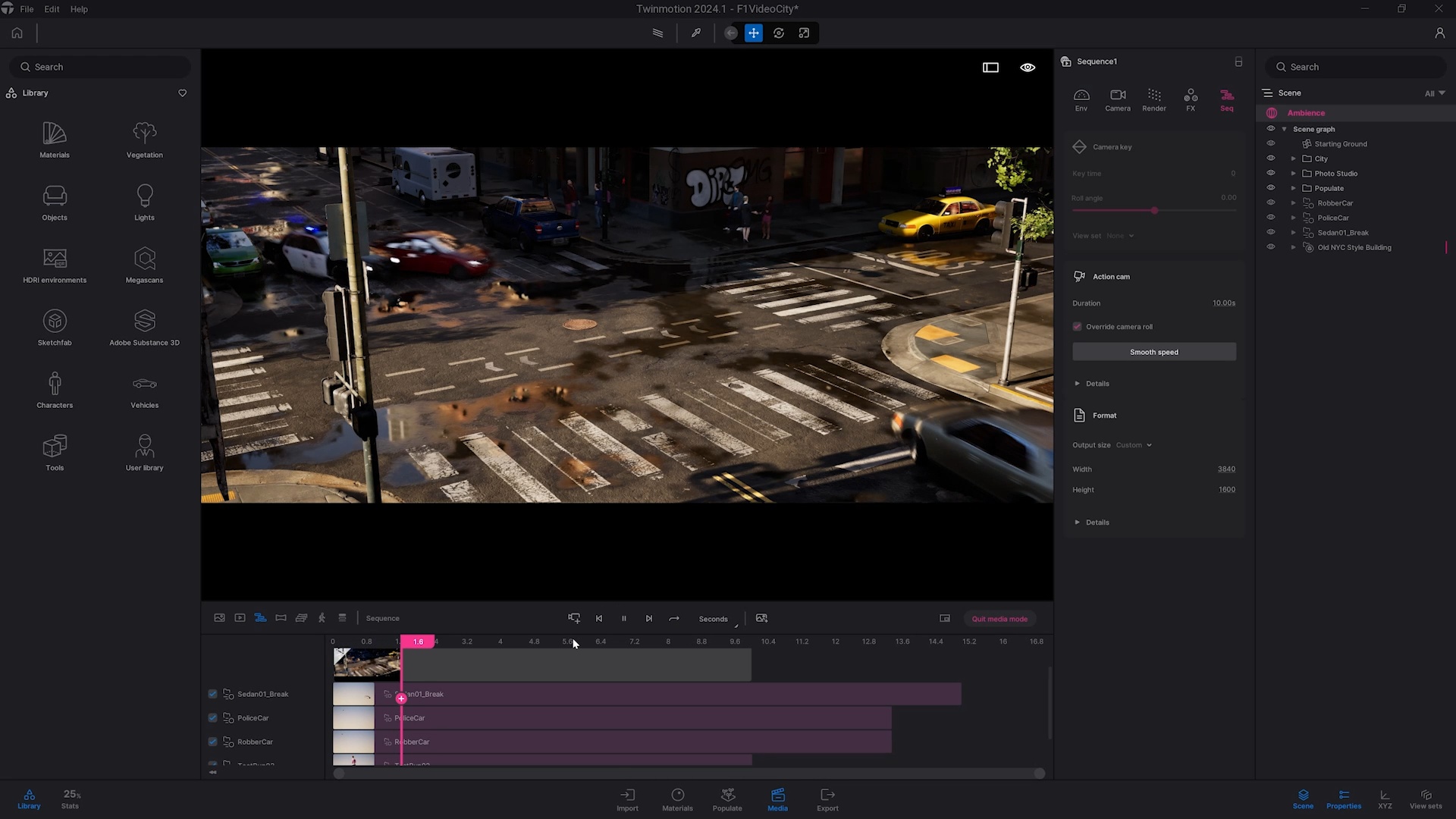
Render layers
Separate out elements of your scene for downstream compositing or post-production enhancement with the new ability to assign Layer IDs to assets, and export them as up to five separate render layers. Layers can be exported with included transparency (PNG or EXR), or as simple black and white masks.
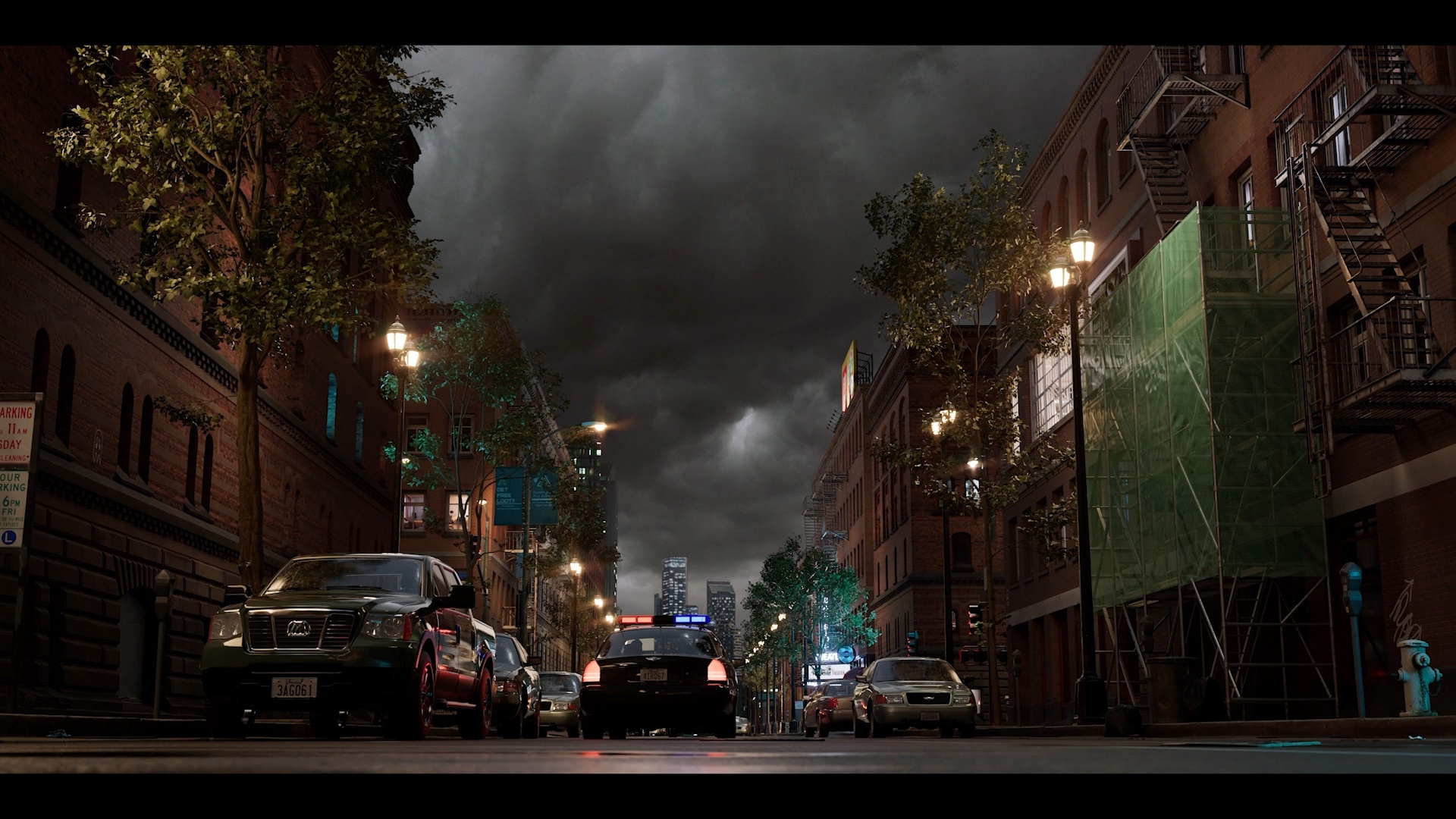
New and improved master materials
Smart foliage from imported assets
Want more variety in your landscape as it changes over the year? Now you can render imported vegetation with Twinmotion smart effects—including wind, seasonal color change, leaf loss, and snow accumulation—vastly increasing the types of trees and shrubs you can add to your scenes. You can even control the timing of color change and leaf loss.
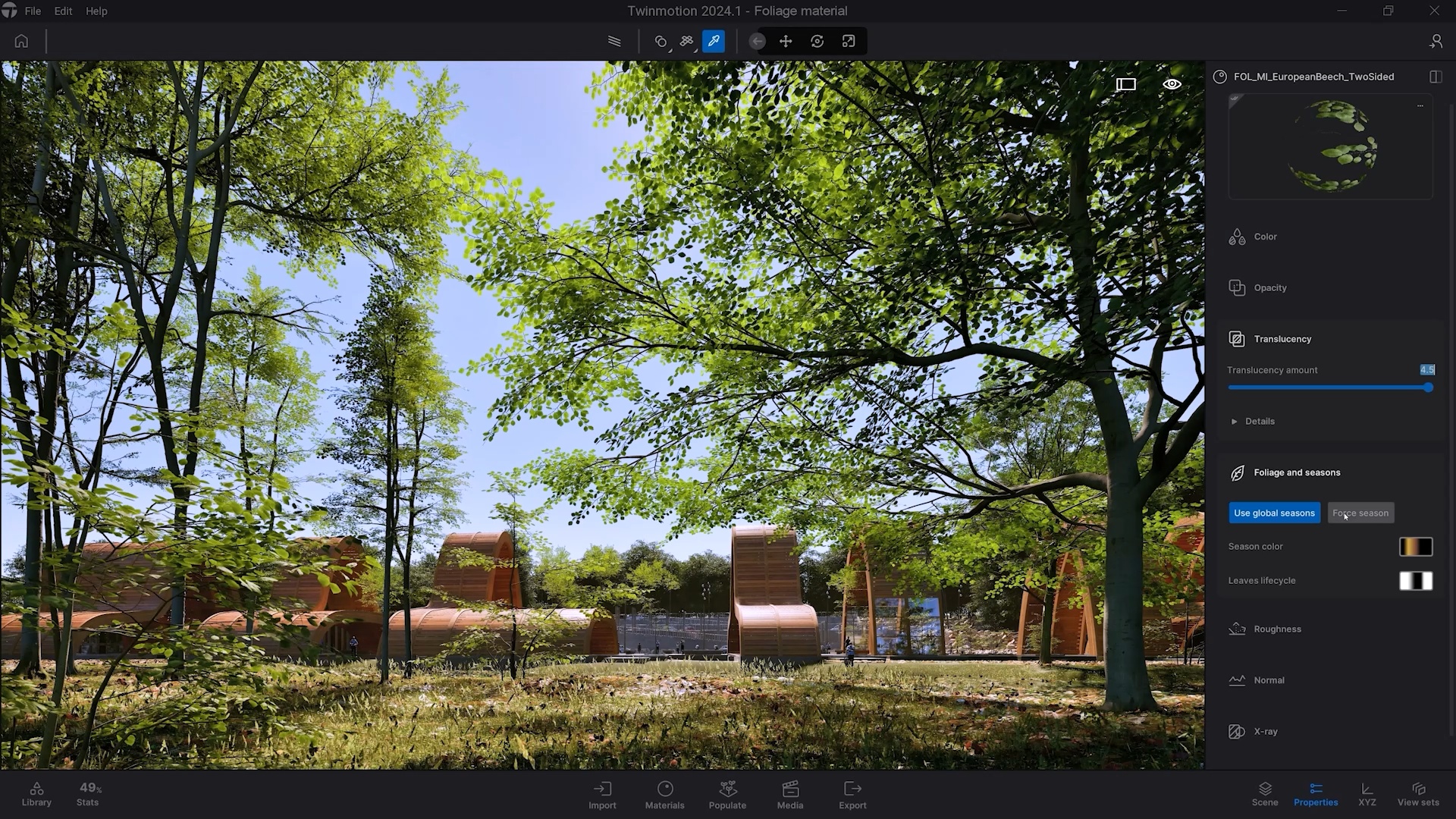
Standard and thin fabrics
Standard and thin fabrics require different approaches when it comes to rendering. Our new Fabric master material offers you the ability to do just that, so you can simulate a wide range of textiles—including cotton, linen, silk, wool, polyester, and velvet—at higher fidelity. We’ve added ten new fabrics to the Twinmotion library to get you started.
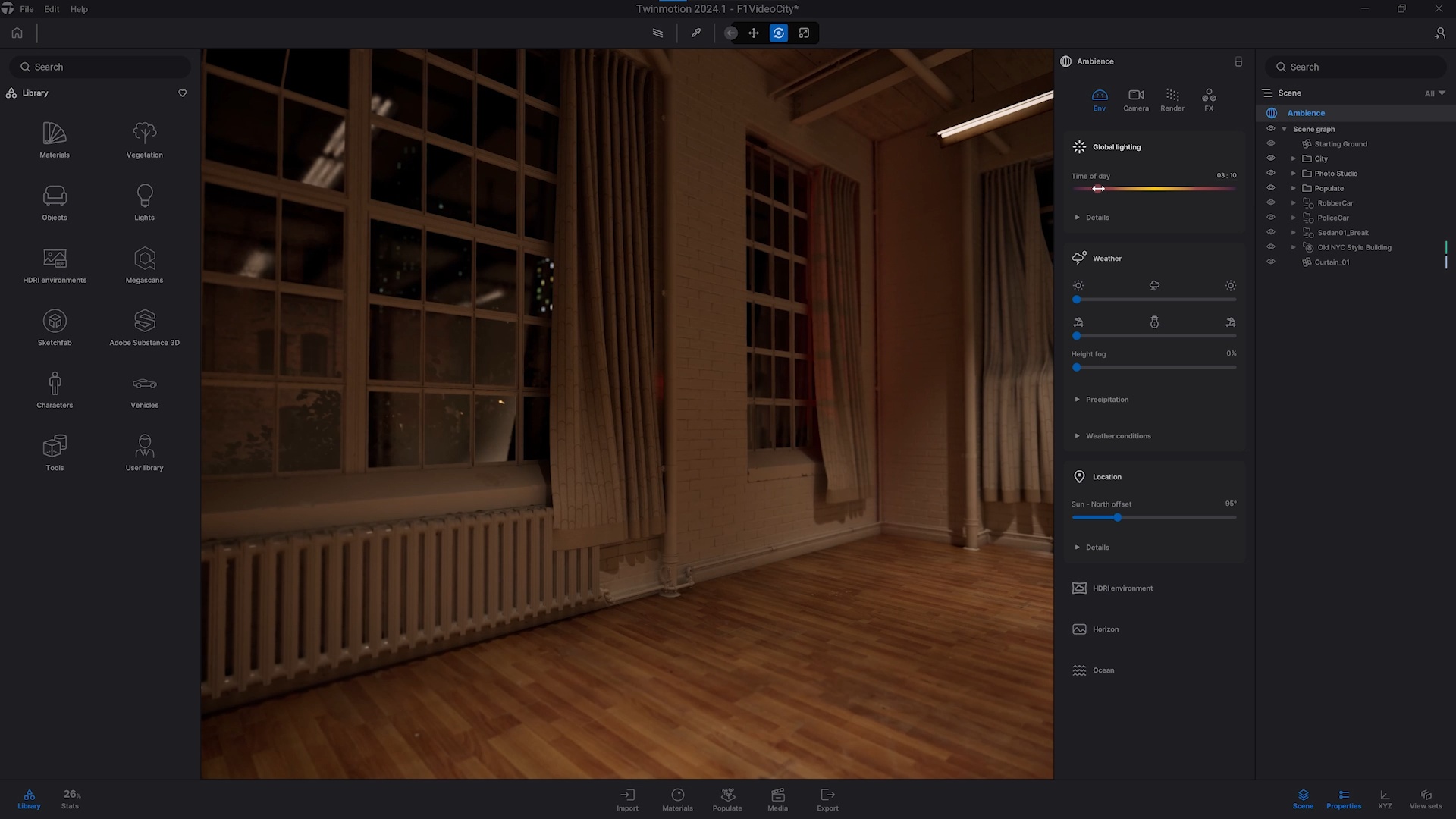
Spacing and Area tools
Looking for more ways to quickly populate your scene with assets? We’ve added two new Scattering tools that enable you to create paths and define areas. Once your paths or areas are defined, they are automatically populated with your selected assets; you can adjust factors that determine the spacing of assets and the randomness of their positions.
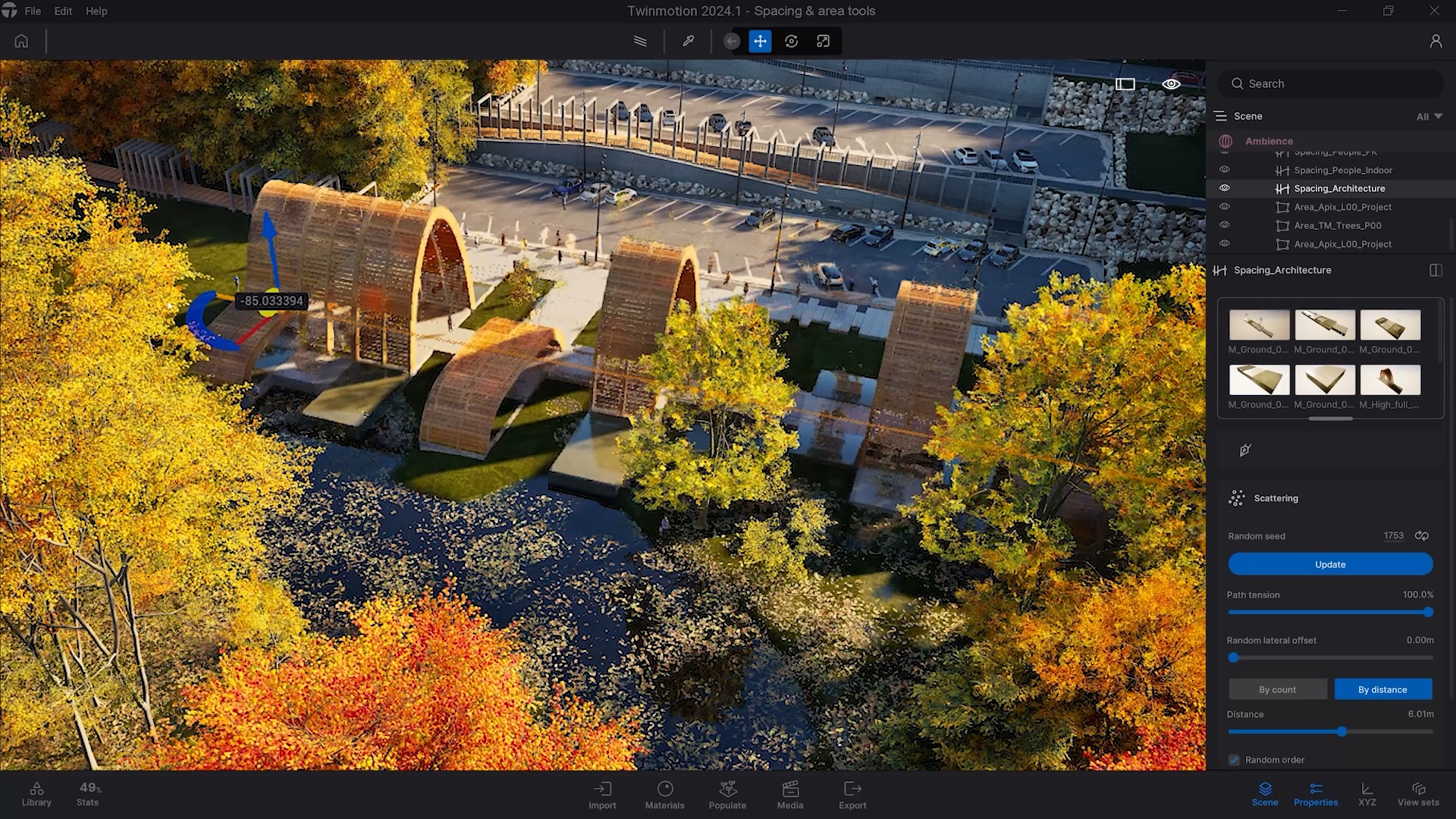
Filmback options
Filmmakers can now constrain the camera view to match the sensor or film frame dimensions of common real-world cameras, as well as using custom values for the height and width—great for ensuring the framing you use in previs matches what’s achievable in the actual shoot, for example.
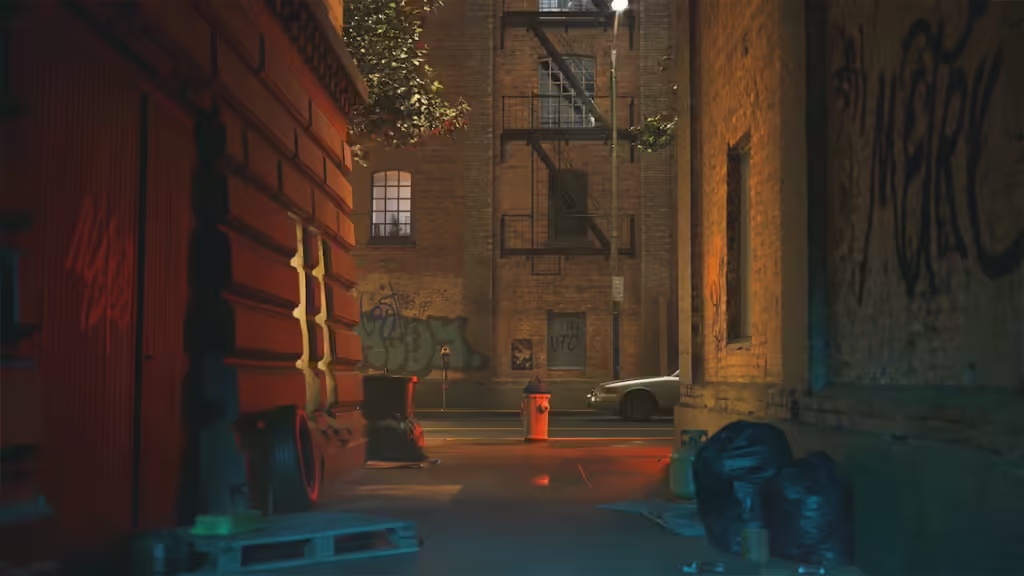
Rendering enhancements
Lumen and the Path Tracer
This release sees a variety of performance improvements for both Lumen and the Path Tracer. Lumen also now supports more lights and delivers higher-fidelity results with translucent meshes, while shader compilation is optimized for the Path Tracer.
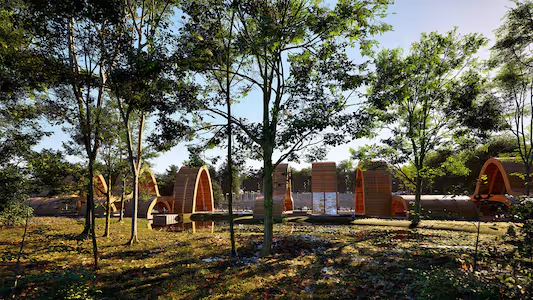
Enhanced bloom controls
We’ve added new controls that enable you to adjust bloom intensity and create starburst effects, with a choice of 12 different pattern textures. This makes it possible to emulate the effects seen through real-world cameras when looking at bright lights.
Ambient occlusion texture input
You can now add a texture for ambient occlusion (AO) on the standard material, and AO textures are now imported by default on Quixel, Sketchfab, and glTF assets. This provides added contrast by reinforcing shadowed parts of the models when rendering in Standard or Lumen modes.
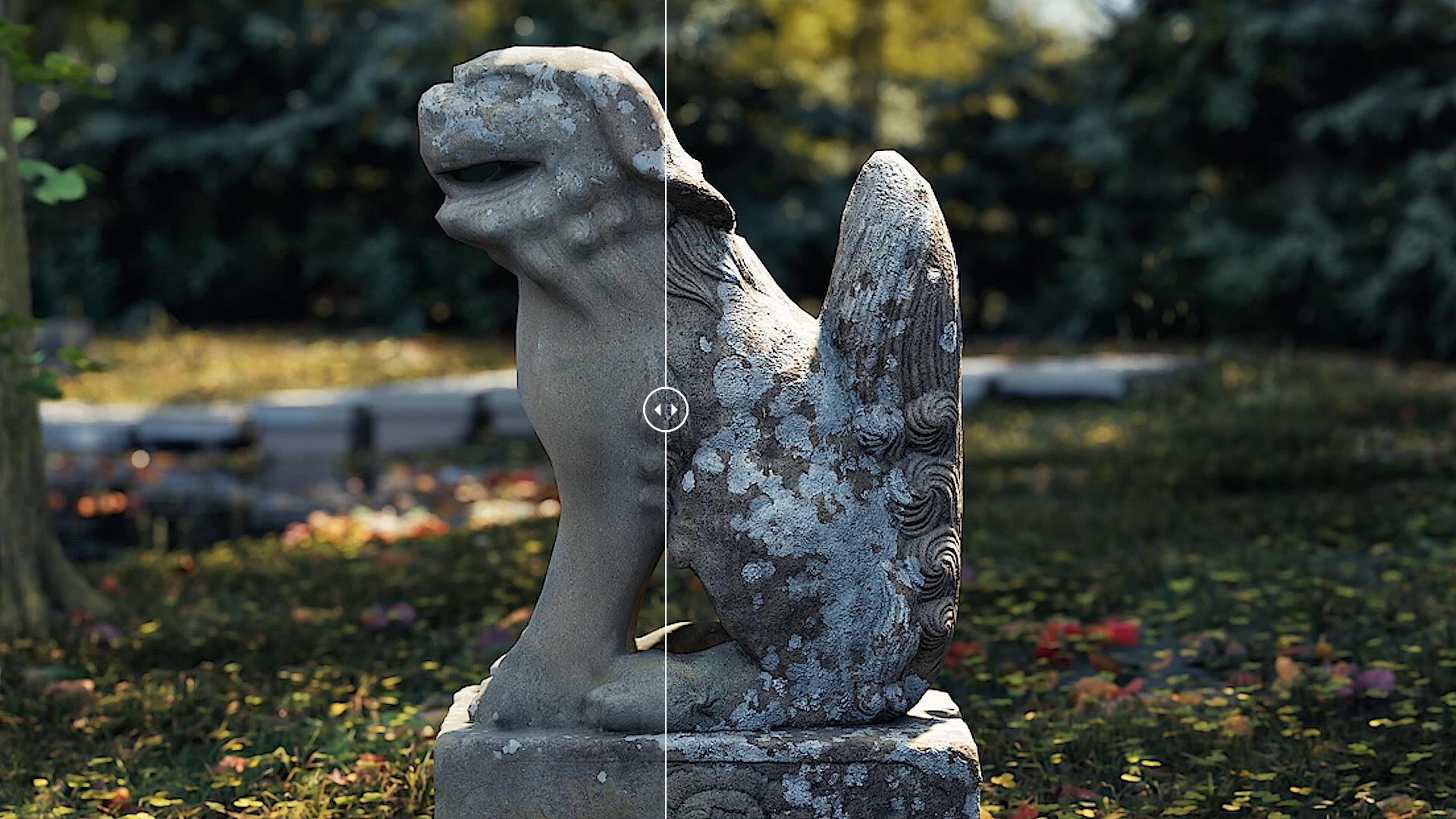
And there’s more!
Deterministic animation
We’ve added a ‘Random seed’ value for Animated Humans and the animation of characters, vehicles, and so on, along paths, so you can create and play identical animation sequences in exported media. You can also adjust the random seed to change the result.
Parenting Animators
You can now create more sophisticated animations—such as a helicopter taking off with a spinning rotor, or a solar system—thanks to the new ability to combine Animators (Rotators and Translators) by parenting one onto the other in the Scene graph.
The hardware and software requirements for Twinmotion are divided into three categories:
minimum, recommended, and ultra specifications.
Minimum Requirements:
– OS: Windows 10/11 (64-bit), macOS 11.5.2 (Big Sur)
– Processor: Intel Core i5 or AMD equivalent
– Graphics: DirectX 11, 4GB VRAM
– RAM: 8GB
– Storage: 30GB SSD
Recommended Specifications:
– OS: Windows 10/11 (64-bit), macOS 12.0.1 (Monterey)
– Processor: Intel Core i7 or AMD equivalent
– Graphics: DirectX 12, 8GB VRAM (NVIDIA RTX 2070 or equivalent)
– RAM: 16GB
– Storage: 30GB SSD
Ultra Specifications:
– OS: Windows 10/11, macOS 12.0.1
– Processor: Intel Core i7/9 or AMD Ryzen 7/9
– Graphics: NVIDIA RTX 3080 or better (12GB VRAM)
– RAM: 64GB
– Storage: 30GB SSD
You can read the full list here


